QuestionQUESTION: My first question is in reference to the amount that should be feed. I first bought Ukanubia(?) & that bag said 5-6 cups a day for 5-6 months. Now feed Science diet & it says 4 12 for 50-60 lbs. My lab is 5 months today & weighs 59 lbs. I feed her 2 12 cups twice a day. Is this too much. She is a big girl, but looks healthy, not fat.
Also, She has been potty trained for some time now, but recently will just squat and pee without even trying to go outside. Is this rebellion since we leave her with my mom on weekends or just forgets that you potty outside?
One more question. We had to switch to science diet, seemed that Ukanubia(?) gave her a loose stool. At what age could I try going back to a non-sensitive food
(ex: Purina)?
Thanks for your time.
ANSWER: It is only natural that a puppy resists its crate at first. What the puppy wants more than anything else is to be others, you, anyone else in the household, and any other pets. In our modern society, even if we are home, other things distract us from the attention an uncrated puppy must have. The only real solution is to crate the dog when you aren't around. The dog may be happier in its den than loose in the house. It relaxes, it feels safe in its den. It rests, the body slows down reducing the need for water and relieving its self. Dogs that have been crated all along do very well. Many of them will rest in their crates even when the door is open. I think the plastic ones give the dog more of a safe, enclosed den feeling. Metal ones can be put in a corner or covered with something the dog can't pull in and chew. Select a crate just big enough for the full grown dog to stretch out in.
Leave it some toys. Perhaps a Kong filled with peanut butter. Don't leave anything in the crate the dog might chew up. It will do fine without even any bedding. You will come home to a safe dog and a house you can enjoy.
A dog that has not been crated since it was little, may take some work. Start out just putting its toys and treats in the crate. Praise it for going in. Feed it in the crate. This is also an easy way to maintain order at feeding time for more than one dog.
The "shut the puppy in a safe room" is a fallacy. Very few houses even have a safe room. How many of us have a room with a hard surfaced floor and nothing else? Most rooms have electrical cords to chew if nothing else. In addition to destroying anything a bored puppy finds to chew, it may choke or have intestinal blockage from the pieces. I had a friend that left her dog in a "safe" room. It ate a hole in the floor covering. The safe rooms fail to give the dog the comfort of the enclosed space their instinct requires. Nor do they restrict activity extending the time the dog can go without relieving itself.
---------- FOLLOW-UP ----------
QUESTION: I really appreciate the answer pertaining to crating; however, I did not get a reply concerning the amount to feed or when it is safe to try regular food.
Thank you for your time.
AnswerI am sorry, I think part of my answer got cut off.
Package recommendations are notorious for being high. Overfeeding Labs is common too. Your dog definitely should be narrower at the waist than the hips and chest. You should be able to easily feel the ribs, but not see them. Each dog is different. Standard recommendations are a good place to start, but each dog must have its food and exercise adjusted to its individual needs. Here is a link to a good illustrated guide, http://www.longliveyourdog.com/twoplus/RateYourDog.aspx
On the food sensitivity questions, I have less to go on. Most of my training and experience is with service dogs where such problems rare. They could not be tolerated and likely are bred out. Unfortunately many that call themselves reputable breeders aren't nearly as careful about selecting breeding stock.
I don't like doing a lot of food switching. The one thing I would do is switch to the adult version if what you are feeding is a puppy chow. Puppy chow is formulated for maximum growth. Slowing a puppy's growth by feeding the less rich adult chow and keeping it lean make for stronger joints perhaps even adverting the dreaded hip dysphasia. If the Science you are feeding now is a lamb and rice product, I would look at other lamb and rice products. You can find the regular Science Diet at pet stores and even find Iams at Wal-Mart or the grocery.
Don't let anybody kid you, there is nothing wrong with any of the Purina products. I am suggesting other brands because their lamb products can be hard to find. The less meat and more grain a chow contains, the larger and softer the stools. The stools are only a factor to the person cleaning them up, and have no effect on the dog's health.

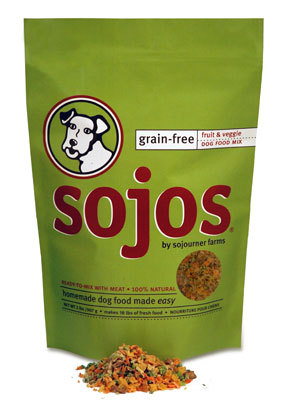 Possible colitis in corgi ; flagyl canine dosage;
Possible colitis in corgi ; flagyl canine dosage;
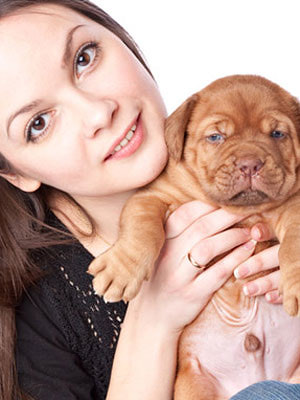 NuVet Plus multi vitamin for pups ; The Best is NuVet Plus ; puppy training tips ;
NuVet Plus multi vitamin for pups ; The Best is NuVet Plus ; puppy training tips ;
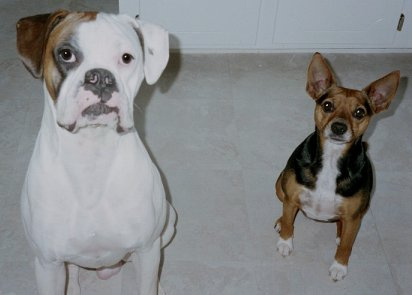 Which dog food is best?
Which dog food is best?
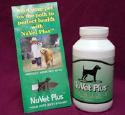 12-13 yr Pekinese Diet Requirements ; Innova ; Wellness dog food ; NuVET Powder vitamins ;
12-13 yr Pekinese Diet Requirements ; Innova ; Wellness dog food ; NuVET Powder vitamins ;
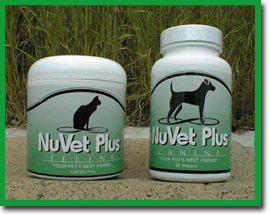 Mastiff Cane Corso vitamins and food; Nutro review;
Mastiff Cane Corso vitamins and food; Nutro review;
 MY DOGS DIET/DIARRHEA
MY DOGS DIET/DIARRHEA
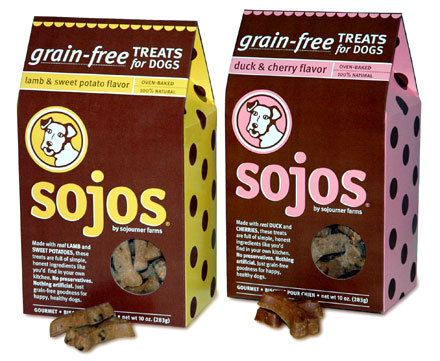 Struvite recipes for Bichon dog ; allergies for Bichon;
QuestionI saw that you had answered a question that was
Struvite recipes for Bichon dog ; allergies for Bichon;
QuestionI saw that you had answered a question that was
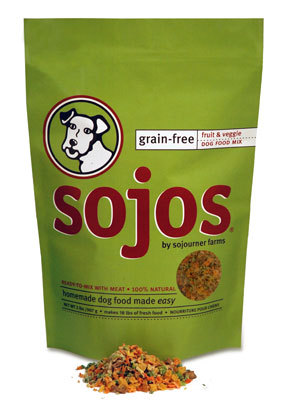 Dog food to prevent Struvite Bladder Stones
QuestionHello,
My 2 year old, female ShihTzu just had
Dog food to prevent Struvite Bladder Stones
QuestionHello,
My 2 year old, female ShihTzu just had
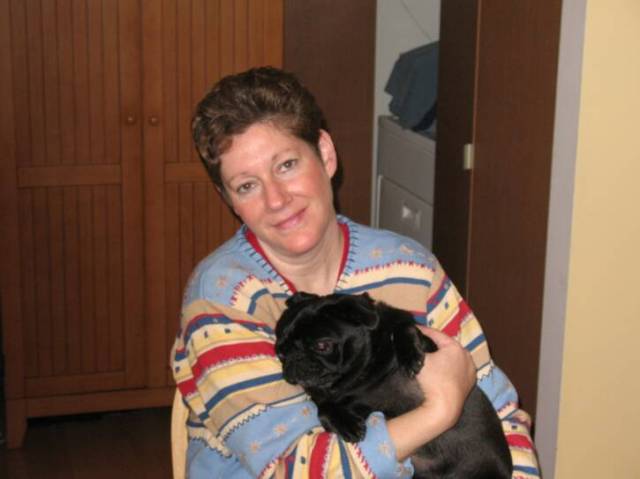 Pugs with yeast infections
QuestionHi!I am the proud Mom of four sweet Pug kids(on
Pugs with yeast infections
QuestionHi!I am the proud Mom of four sweet Pug kids(on
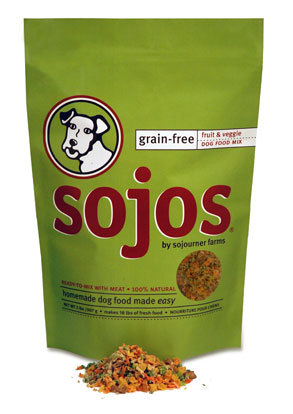 food/brand, mini schauzer; dog food recipe pancreatitis;
QuestionQUESTION: my mini schnauzer is 16 mo, 15 lbs, a
food/brand, mini schauzer; dog food recipe pancreatitis;
QuestionQUESTION: my mini schnauzer is 16 mo, 15 lbs, a
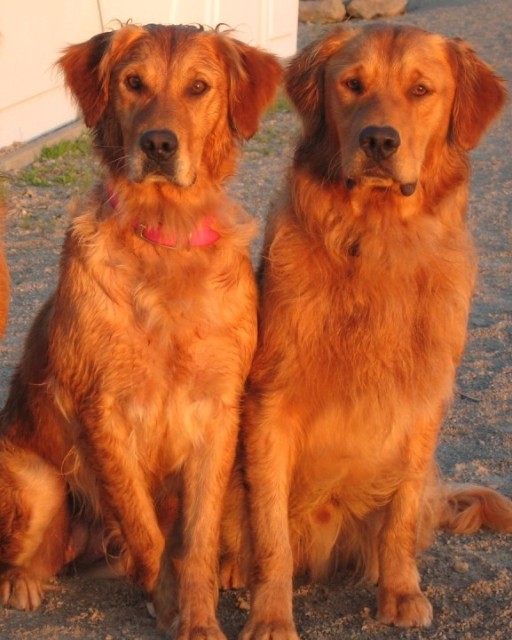 hypo-allergetic dog food
Questionhi,
i have 3 dogs...11 year old lab w/major all
hypo-allergetic dog food
Questionhi,
i have 3 dogs...11 year old lab w/major all